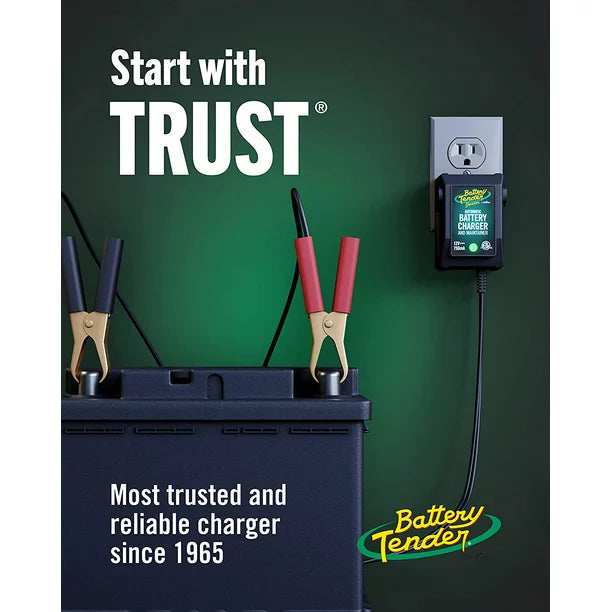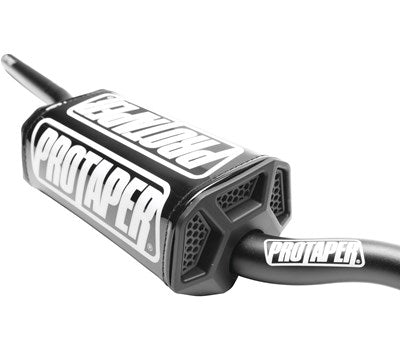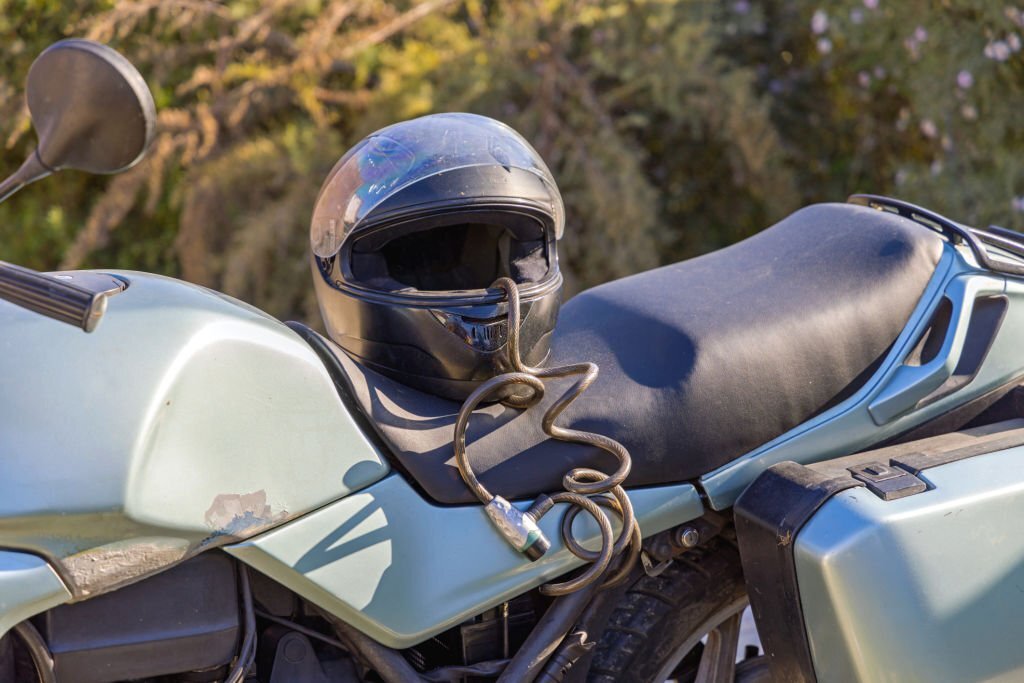How to Boost Your Ride: Motorcycle Battery Maintenance Tips
Motorcycle enthusiasts understand that their machines demand care and attention. A good rider maintains every part of their bike, from the engine to the tires, and most crucially, the bike's battery. In this article, we'll delve into 'motorcycle battery maintenance tips' that can help extend the life of your battery and ensure a smoother ride.

A Rider's Guide to Motorcycle Battery Maintenance
Just as you regularly check your engine oil or brake pads, you must also check your battery to ensure it's in good working condition. This includes inspecting battery terminals, electrolyte levels, and the overall state of your battery.
Did You Know? A well-maintained motorcycle battery can last 10 years or even longer!
Battery Types
Before we get to maintenance, it's crucial to understand the type of battery you're working with. The two primary types of motorcycle batteries are lead-acid and maintenance-free.
Lead-acid batteries, also known as wet cell batteries, have been in use for a long time. They require regular topping up with distilled water to maintain electrolyte levels.
On the other hand, maintenance-free or Absorbent Glass Mat (AGM) batteries come sealed and don't require topping up. The electrolyte in AGM batteries is absorbed in a special mat, making them spill-proof and more resistant to vibration.
Regular Battery Checks
Check the battery terminals for any corrosion or loose connections. Clean any corrosion using a wire brush and tighten loose terminals. A dead battery can often be the result of neglecting these simple checks.
Understanding Electrolyte Levels
For lead-acid batteries, ensure that the electrolyte levels are above the minimum line. If they're low, top up with distilled water to avoid damaging your battery.
Battery Charging and Storage
It's essential to charge the battery regularly, especially when you do not ride your motorcycle frequently. An ideal way to do this is using a motorcycle battery charger or a trickle charger, which can help prevent overcharging.
Top Tip: Disconnect your motorcycle battery when not in use for long periods. This can help prevent gradual discharge.
However, if your motorcycle sits unused for a long time, the battery may still lose charge. Typically, a good battery can sit unused for about 3-4 months, depending on the battery condition and the weather. But, it's still a good practice to use a trickle charger to maintain the battery's charge level.
Charging Rate: 2 amps or 10 amps?
While a higher amp rate will charge your battery faster, it's better to charge a battery at a slower rate, like 2 amps. This is because slower charging helps prolong the battery's life by reducing heat build-up, which can cause damage.
A fully charged 12-volt motorcycle battery should read around 12.6 to 12.8 volts when the motorcycle is off. You can use a multimeter to check this. If the reading is lower, itmay indicate that your battery isn't charging fully or may need to be replaced.
Jump-Starting a Motorcycle Battery
Finding yourself with a dead battery can be a frustrating experience. In these scenarios, you might wonder if you can jump a motorcycle with a car. The short answer is yes, you can, but it's not the best method. The car's larger battery can supply too much current and damage your motorcycle's electrical system. Using a motorcycle-specific battery charger is a safer option.
Remember: Never attempt to jump-start a damaged or leaking battery, as it can be hazardous. Replace it with a new battery.
Upgrading to a Better Battery
If you've been using a traditional lead-acid battery, consider upgrading to an AGM or even a lithium-ion battery for improved performance. The advantages of a lithium-ion motorcycle battery include lighter weight, longer lifespan, and they typically require less maintenance.
The Final Word on Battery Maintenance
Motorcycle battery maintenance is an ongoing task. However, with the right tips and techniques, you can easily extend the life of your battery and enjoy uninterrupted rides. Always remember to check your battery before you ride, use the right charger, and take preventive measures like disconnecting the battery when not in use.
If you need any further assistance or have any questions, feel free to explore our other blog posts or browse through our vast collection of batteries and related accessories. Safe riding!
To stay updated with the latest in motorcycle care, don't forget to subscribe to our newsletter and follow us on our social media channels.






